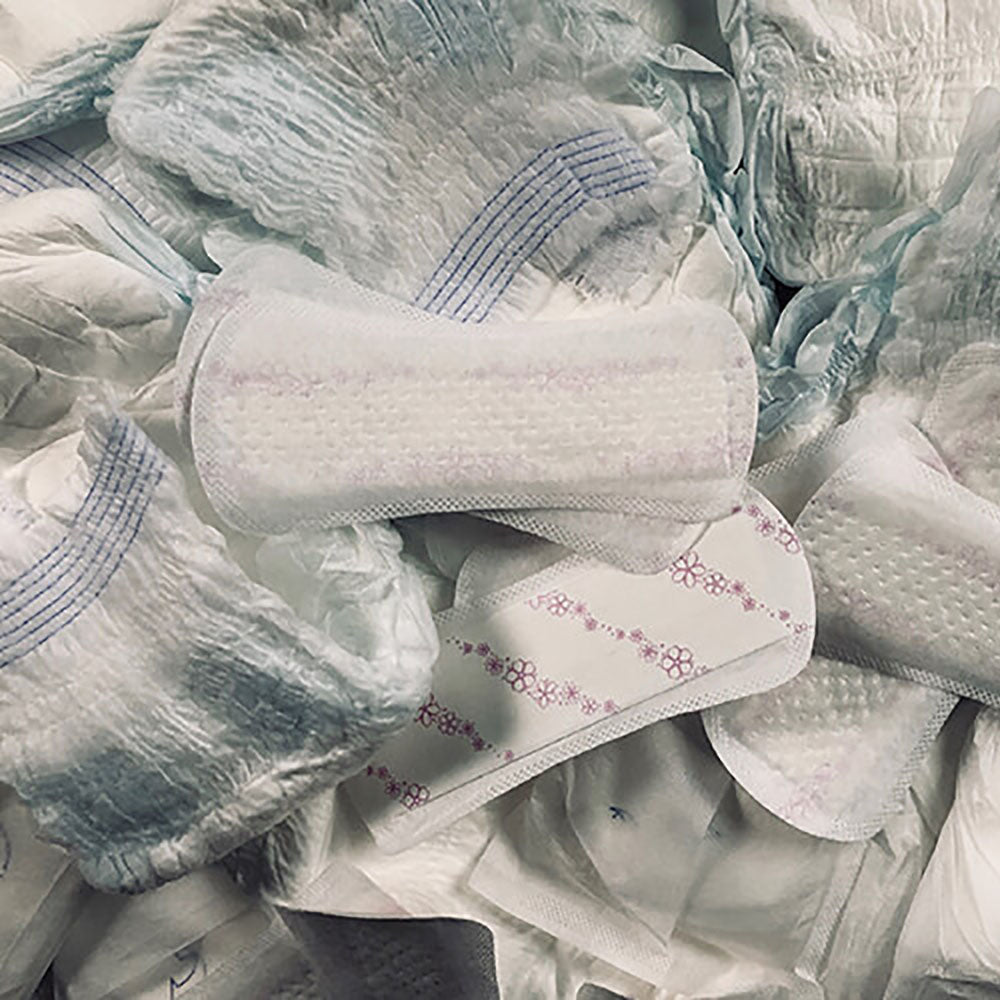
The Environmental Cost of Continued Pad Use
Share
Bladder weakness affects between 3-6 million people in the UK annually and with sales of incontinence products reaching £180 million in the UK alone in 20162, we as consumers have a big opportunity to make a positive impact on our environmental future by making small changes to our purchasing behaviour.
The emotional cost of bladder weakness
The emotional cost of bladder weakness is an obvious one. The anxiety that the fear of leaks can bring in to your life is something any person dealing with this condition can relate to. It can have a detrimental effect on your well-being and your relationships.
The financial cost of bladder weakness
The financial cost is less obvious. The deceptively ‘affordable’ and routine purchasing of pads as part of your weekly grocery shop might seem like a sensible way of managing leaks, but these costs accumulate and do nothing to solve the issue.
The environmental cost of bladder weakness
Another cost, and one which may not be often considered, is the environmental cost of continued pad use. A single incontinence pad or nappy can take up to 400 years to decompose after entering landfill, and with over 1 billion incontinence products purchased in the UK every year, it’s a pretty concerning picture2. The disposal alternative is incineration; however, this contributes severely to air pollution.
Due to the absorbent and protective nature of incontinence products, they tend to contain high levels of plastics, and while they’re non-flushable, this is commonly misunderstood. Wet wipes, period and incontinence products are routinely flushed down the toilet where they combine with fats and oils that create fatbergs and sewer blockages2. Yuck! Those that don’t get clogged in the sewage system make their way into waterways, which are harmful to natural wildlife.
Not a pretty picture.
The shift to environmental responsibility
There is increasing interest from consumers to look at ways that they can reduce their impact on the environment, and encouraging a shift in behaviour. Long term solutions are a great way to reduce the impact your bladder weakness has on the environment personally. This won’t always be possible or achievable for everyone, but considering the change is worthwhile.
Unlike pads, INNOVO treats the root cause of leaks – a weak pelvic floor, by strengthening the entire network of pelvic floor muscles through gentle electrical muscle stimulation (EMS). Unlike other pelvic floor strengthening devices, INNOVO is the only completely non-invasive solution for at-home use, making it the perfect option for women and men alike.
And best of all, INNOVO actually works. Clinical studies found that:
- 80% of user saw a significant improvement after just 4 weeks3
- 87% of users were defined as either dry or almost dry after 12 weeks4
- 90% of users would recommend the therapy to others5
With over 5 million successful therapies conducted globally, and at £299 which is much less than the average cost of pads over just 1 year, INNOVO offers a compelling alternative to continued pad use.
You deserve more than a lifetime managing leak. Treat the cause rather than managing the symptoms and be free of leaks for the long term.
We’re watching our footprint
We hold a Green Dot® license, which reflects our commitment to sustainable resource usage. For each piece of INNOVO packaging produced, a financial contribution is made to the end recovery of the packaging.
Sources
- https://www.nhsinform.scot/illnesses-and-conditions/kidneys-bladder-and-prostate/urinary-incontinence
- London Assembly Environment Committee Study August 2018
- Soeder S, et al, A randomised, controlled, double-blind, clinical study to compare two neuromuscular stimulator devices in female stress urinary incontinence: Effects on symptoms and quality of life. IUGA Conference 2018
- R. Dmochowski – Novel external electrical muscle stimulation device for the treatment of female stress urinary incontinence: randomized controlled noninferiority trial versus intravaginal electrical stimulation. ICS Conference 2018
- 5 Observational study on the treatment of stress urinary incontinence with Innovotherapy, April 2014
